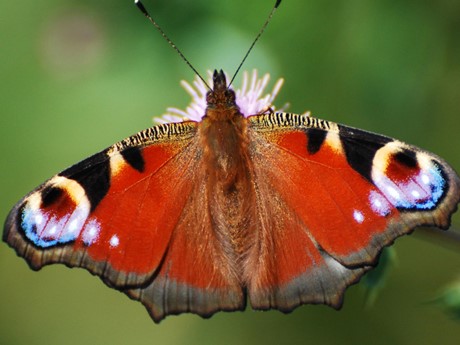The environmental predictors of spatio-temporal variation in the breeding phenology of a passerine bird
Shutt et al. 2019. Proceedings of the Royal Society B, 15/08/2019
A team of biologists from the University of Edinburgh used Nature's Calendar data, alongside that from the Royal Society for the Protection of Birds and the British Trust for Ornithology, to investigate how blue tits actually decide when to start building nests and laying eggs.
The team found that temperature does play a role, but that night-time temperature is particularly important. This could show that cold weather constrains when blue tits are able to start the very energetically costly processes of building nests and laying eggs. On top of this they found that birds lay earlier when birch trees come into leaf earlier and this is some of the first evidence that birds are using trees as a cue for timing their breeding. That birch trees are used more than other tree species in the landscape may be due to their comparably early leafing.
As a follow up step, the authors wanted to check whether their findings could be transferred to a much larger geographic scale and longer time-period. To do this they used observations from two citizen science projects that focus on phenology (the timing of biological events) in the UK, the Woodland Trust’s Nature’s Calendar and the British Trust for Ornithology’s Nest Record Scheme. Encouragingly they found very similar effects of temperature and birch leafing in these larger datasets, giving confidence in the findings. Lead author Dr Shutt commented that “working out what information a bird uses to time breeding is key to us accurately predicting how their timing may change under future conditions and what effect this will have on them”.
Read the full paper here
